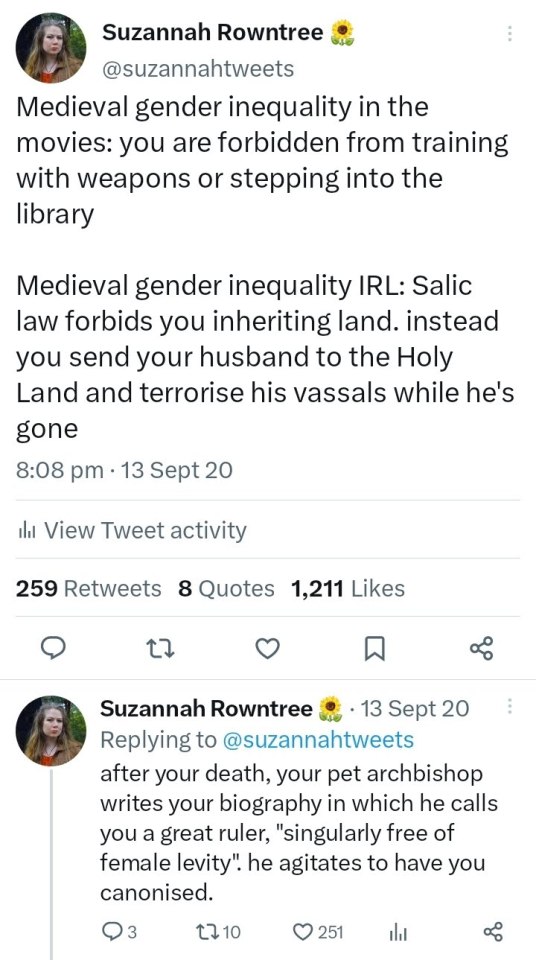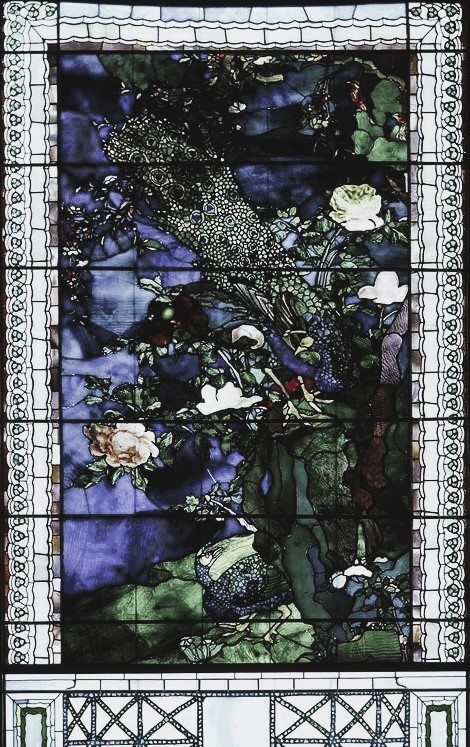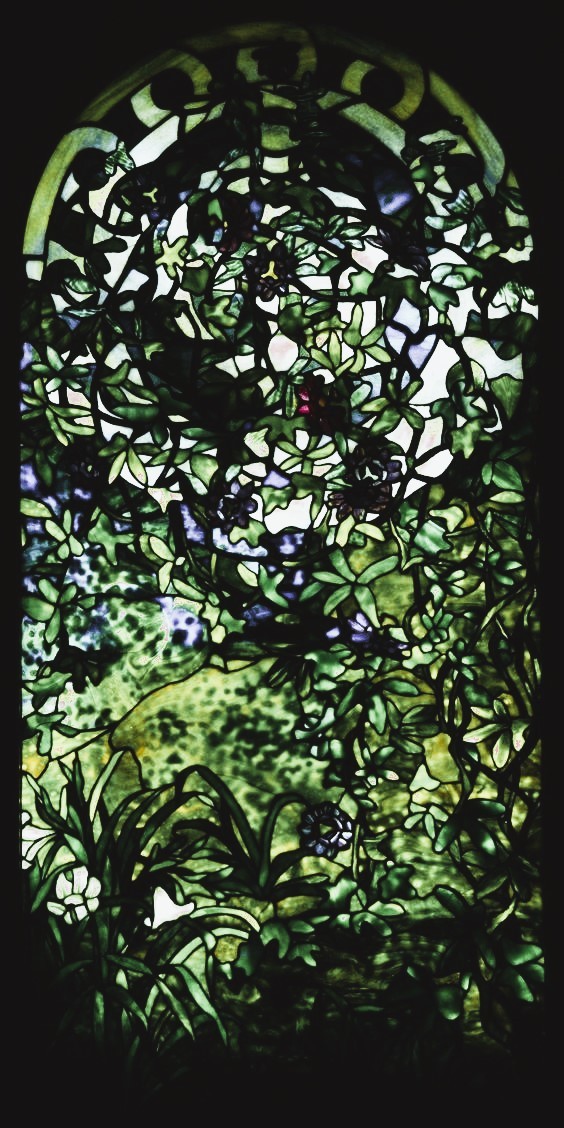kyodd-the-bard
43 posts
Latest Posts by kyodd-the-bard






Even more Manuscript Art of Armed women
In 1944 a kitten named George (short for General Electric) was saved from drowning by a U.S. Navy crew member. George was then photographed and given a liberty card and detailed health record. Source.




Equestrian Combat with Lance and Sword - Fiore Furlan dei Liberi da Premariacco Italian about 1340-1350 - before 1450
I understand why a lot of fantasy settings with Ambiguously Catholic organised religions go the old "the Church officially forbids magic while practising it in secret in order to monopolise its power" route, but it's almost a shame because the reality of the situation was much funnier.
Like, yes, a lot of Catholic clergy during the Middle Ages did practice magic in secret, but they weren't keeping it secret as some sort of sinister top-down conspiracy to deny magic to the Common People: they were mostly keeping it secret from their own superiors. It wasn't one of those "well, it's okay when we do it" deals: the Church very much did not want its local priests doing wizard shit. We have official records of local priests being disciplined for getting caught doing wizard shit. And the preponderance of evidence is that most of them would take their lumps, promise to stop doing wizard shit, then go right back to doing wizard shit.
It turns out that if you give a bunch of dudes education, literacy, and a lot of time on their hands, some non-zero percentage of them are going to decide to be wizards, no matter how hard you try to stop them from being wizards.


You will not use AI to get ideas for your story. You will lie on the floor and have wretched visions like god intended



all RIGHT:
Why You're Writing Medieval (and Medieval-Coded) Women Wrong: A RANT
(Or, For the Love of God, People, Stop Pretending Victorian Style Gender Roles Applied to All of History)
This is a problem I see alllll over the place - I'll be reading a medieval-coded book and the women will be told they aren't allowed to fight or learn or work, that they are only supposed to get married, keep house and have babies, &c &c.
If I point this out ppl will be like "yes but there was misogyny back then! women were treated terribly!" and OK. Stop right there.
By & large, what we as a culture think of as misogyny & patriarchy is the expression prevalent in Victorian times - not medieval. (And NO, this is not me blaming Victorians for their theme park version of "medieval history". This is me blaming 21st century people for being ignorant & refusing to do their homework).
Yes, there was misogyny in medieval times, but 1) in many ways it was actually markedly less severe than Victorian misogyny, tyvm - and 2) it was of a quite different type. (Disclaimer: I am speaking specifically of Frankish, Western European medieval women rather than those in other parts of the world. This applies to a lesser extent in Byzantium and I am still learning about women in the medieval Islamic world.)
So, here are the 2 vital things to remember about women when writing medieval or medieval-coded societies
FIRST. Where in Victorian times the primary axes of prejudice were gender and race - so that a male labourer had more rights than a female of the higher classes, and a middle class white man would be treated with more respect than an African or Indian dignitary - In medieval times, the primary axis of prejudice was, overwhelmingly, class. Thus, Frankish crusader knights arguably felt more solidarity with their Muslim opponents of knightly status, than they did their own peasants. Faith and age were also medieval axes of prejudice - children and young people were exploited ruthlessly, sent into war or marriage at 15 (boys) or 12 (girls). Gender was less important.
What this meant was that a medieval woman could expect - indeed demand - to be treated more or less the same way the men of her class were. Where no ancient legal obstacle existed, such as Salic law, a king's daughter could and did expect to rule, even after marriage.
Women of the knightly class could & did arm & fight - something that required a MASSIVE outlay of money, which was obviously at their discretion & disposal. See: Sichelgaita, Isabel de Conches, the unnamed women fighting in armour as knights during the Third Crusade, as recorded by Muslim chroniclers.
Tolkien's Eowyn is a great example of this medieval attitude to class trumping race: complaining that she's being told not to fight, she stresses her class: "I am of the house of Eorl & not a serving woman". She claims her rights, not as a woman, but as a member of the warrior class and the ruling family. Similarly in Renaissance Venice a doge protested the practice which saw 80% of noble women locked into convents for life: if these had been men they would have been "born to command & govern the world". Their class ought to have exempted them from discrimination on the basis of sex.
So, tip #1 for writing medieval women: remember that their class always outweighed their gender. They might be subordinate to the men within their own class, but not to those below.
SECOND. Whereas Victorians saw women's highest calling as marriage & children - the "angel in the house" ennobling & improving their men on a spiritual but rarely practical level - Medievals by contrast prized virginity/celibacy above marriage, seeing it as a way for women to transcend their sex. Often as nuns, saints, mystics; sometimes as warriors, queens, & ladies; always as businesswomen & merchants, women could & did forge their own paths in life
When Elizabeth I claimed to have "the heart & stomach of a king" & adopted the persona of the virgin queen, this was the norm she appealed to. Women could do things; they just had to prove they were Not Like Other Girls. By Elizabeth's time things were already changing: it was the Reformation that switched the ideal to marriage, & the Enlightenment that divorced femininity from reason, aggression & public life.
For more on this topic, read Katherine Hager's article "Endowed With Manly Courage: Medieval Perceptions of Women in Combat" on women who transcended gender to occupy a liminal space as warrior/virgin/saint.
So, tip #2: remember that for medieval women, wife and mother wasn't the ideal, virgin saint was the ideal. By proving yourself "not like other girls" you could gain significant autonomy & freedom.
Finally a bonus tip: if writing about medieval women, be sure to read writing on women's issues from the time so as to understand the terms in which these women spoke about & defended their ambitions. Start with Christine de Pisan.
I learned all this doing the reading for WATCHERS OF OUTREMER, my series of historical fantasy novels set in the medieval crusader states, which were dominated by strong medieval women! Book 5, THE HOUSE OF MOURNING (forthcoming 2023) will focus, to a greater extent than any other novel I've ever yet read or written, on the experience of women during the crusades - as warriors, captives, and political leaders. I can't wait to share it with you all!






The DM has a jackalope NPC guiding us to the next plot hook. One of our druids is using Speak with Animals to communicate.
Druid, to us, “And he says to follow him-”
Druid, to the jackalope: “I’m sorry, I didn’t ask, what pronouns do you use? What is your gender?”
Jackalope: “… I haven’t… thought about it… What is my gender?”
Me, in the chat: “You’ve taken a perfectly good jackalope and given it dysphoria!”
reasons i would make a great medieval monk:
• aroace - no problem with a vow of celibacy and the idea of not being able to marry isn’t a concern for me personally
• autistic - a segmented day? separated by hour? with specific things to do in those times? excellent!
• big lover of bread and cheese
• do love a little sing-song and chanting in a rhythm soothes me
• love scribing shit
• love doing those silly ass looking flouncy letters
• one of my special interests is medieval religion. so. bonus.
• oh i need to be silent for bit? i already go non-verbal sometimes babygirl that's not a problem
• monk robes provide 0% body shape. it’s all rectangle. excellent.
there's a (justified) focus on that one particular illustration from le Roman de la Rose in the general public, but i feel like we need to talk about this one from the same manuscript (BNF français 25526) some more

don't ask me wtf is going on here

Prodigiorum ac ostentorum chronicon, quae praeter naturae ordinem, et in superioribus et his inferioribus mundi regionibus, ab exordio mundi usque ad haec nostra tempora acciderunt. (1557) Conrad Lycosthenes



First 18 lines of the Canterbury Tales, illustrated

Tympanum from the Saint-Denis church (Montmoreau-Saint-Cybard, Charente, France), XIIth century.
Weird Medieval Marginalia
So I got to see an epically cool manuscript of Arthurian romance (Beinecke MS 229), written in French sometime in the thirteenth or fourteenth century. It contains many fully illuminated illustrations, but the most interesting thing about it turned out to be the marginalia.
All the big images were the same kinds of scenes of knights fighting, people going into or out of buildings, people lying in bed, occasionally people on boats or talking, etc. After a while they just felt repetitive. But there are these little cartoons in the margins, and they are WILD:

I mean I don’t even know what’s going on here.

Apparently knights fighting snails appear in a lot of manuscripts. We have no idea what they mean. Might be the medieval version of a meme.

What even is that gray thing?

Knight riding chicken.

Derpy horse.

A very weird-looking unicorn.

Rabbits hunting people. (RUN AWAY!!! RUN AWAY!!!)

Balancing act.

Baby Yoda in the corner there.

WHAT
There’s plenty more, but that’s as much as I can fit into one post. And this is all one manuscript!







Some of the beautiful illustrations by S.D. Schindler from Brother Hugo and the Bear by Katy Beebe.
The book is based on two real medieval figures: Hugo, a scribe who added a self-portrait (pictured above) to the end of his copy of Jerome's Commentaries on Isaiah, and a bear who appears in a letter from the abbot of Cluny Abbey to a neighboring abbot asking to borrow a copy of The Letters of St. Augustine, "for a large part of ours has been accidentally eaten by a bear."


The Incredulity of Saint Thomas, Caravaggio, c. 1601 (x) // The Incredulity of Saint Thomas, Elilsabeth Ohlson Wallin, 2017 (x, x)
“Nobody’s going to want to sit on high-speed rail for fifteen hours to get from New York City to LA.”
Me. I will sit on high-speed rail for fifteen hours. I’ll sit on it for days. I’ll write and read and nap and eat and then do it all over again. I’ll stare out the windows and see America from ground level and not have to drive. I’ll see the Rockies and the deserts and cornfields and the Mississippi River and your house and yours and yours too. I’ll make up stories in my head about the small towns I see as we go along. I’ll see the states I’ve yet to see because driving or flying there is a fucking slog and expensive to boot. I’ll enjoy the ride as much as the destination. And then I’ll do it all over again to come the fuck home.
Dwarf: what the heck is lightning?
Elf: enormous bolts of electricity from the sky that sometimes kill people or set forests on fire
Dwarf: ....
Elf: after they happen the sky roars at you
Dwarf: you're not selling me on this whole "living above ground" thing
Elf: ooh, let me tell you about tornadoes

overly specific dnd meme that could also be about godhood if you think about it

Man fighting a beast
Add MS 24686 f.12v
Source: The British Library
“You just wrote your medieval fantasy setting to have medieval gender roles and homophobia and prejudice because you secretly fantasize about being able to be sexist and homophobic in a land with no PoC without any pushback! It’s fantasy, there’s dragons and wizards, it doesn’t have to have prejudice unless you, the writer, want it like that! In *my* D&D setting, there’s no sexism or homophobia, so that gay transgender women of all races can be holy knights fighting to protect the good kingdom from the endless hordes of the evil dark race that has threatened its borders for a thousand years!”
I always offer to cook not because i'm nice but because i want the food to be good


Honestly... this is me. Getting all dolled up to go read a book.
I feel you, Francis Bacon.
This frontispiece is found in Of the advancement and proficience of learning or the partitions of sciences (1640).